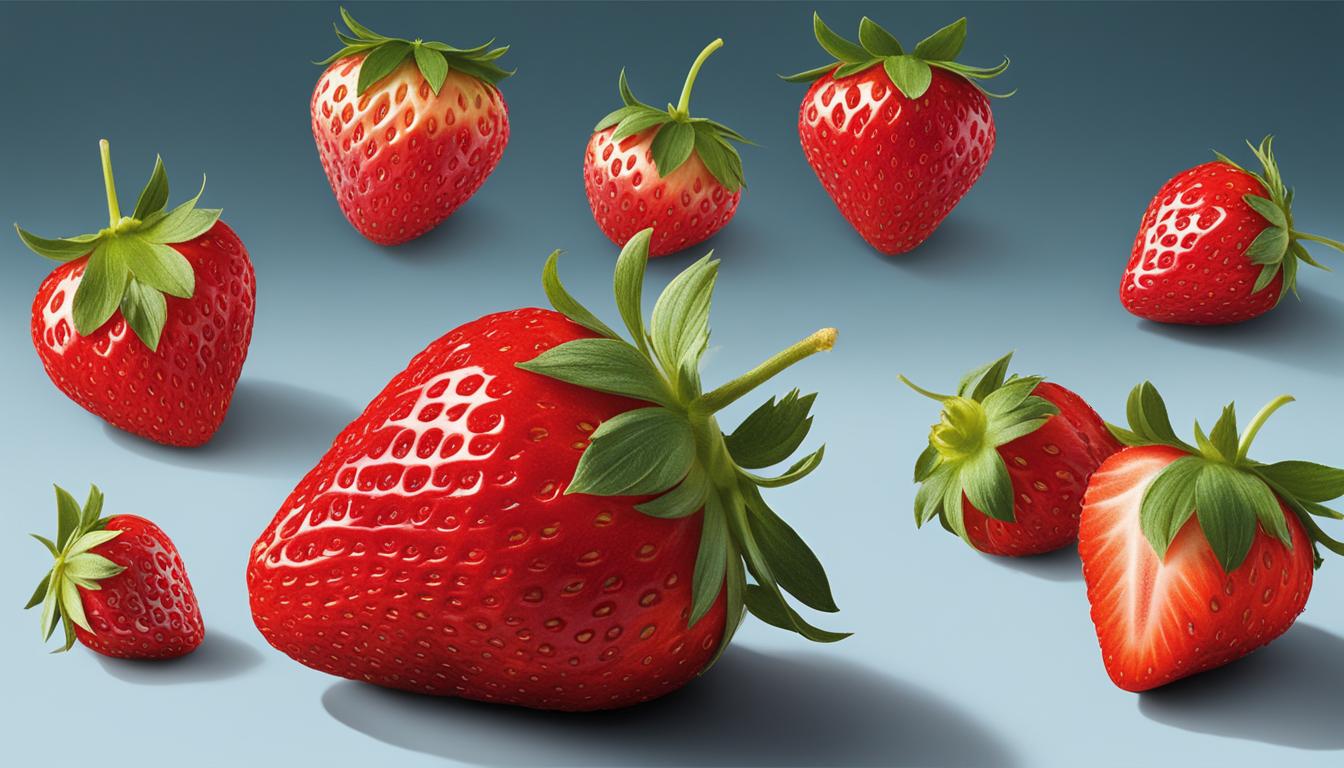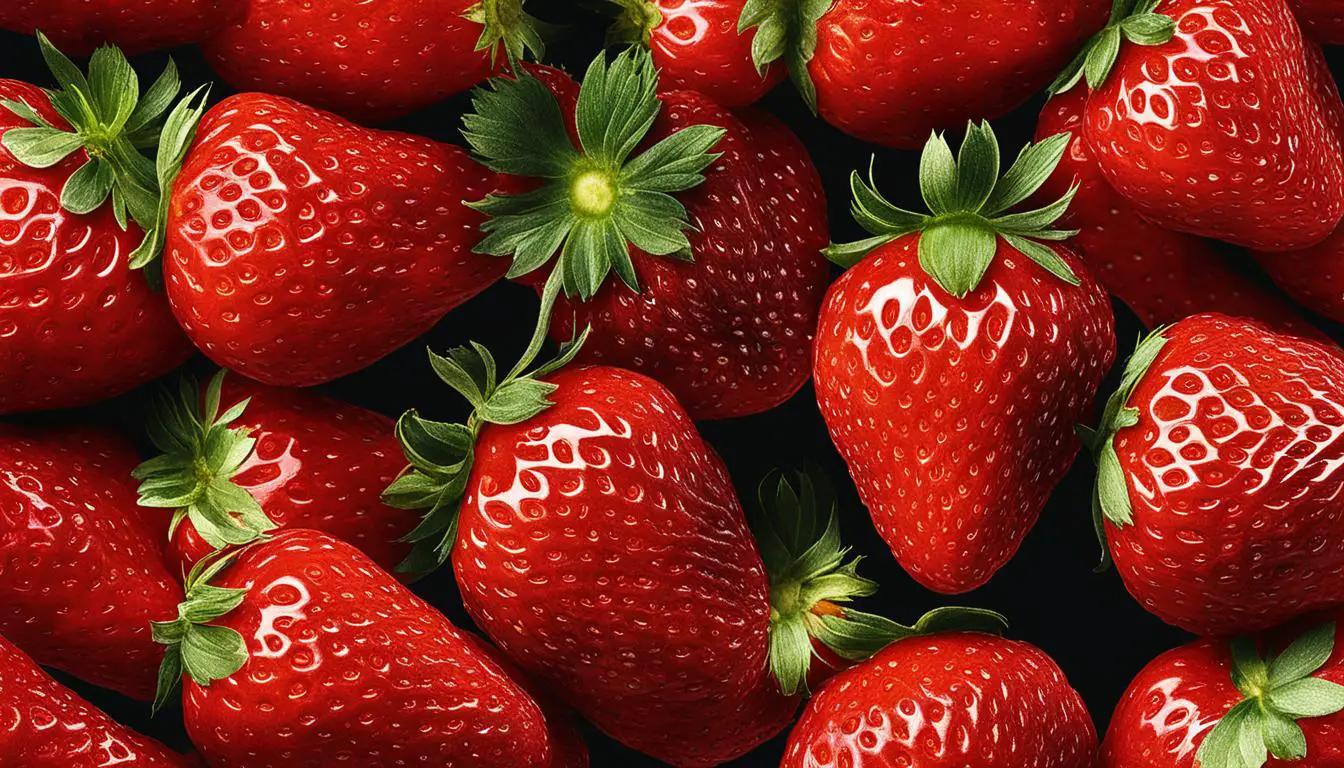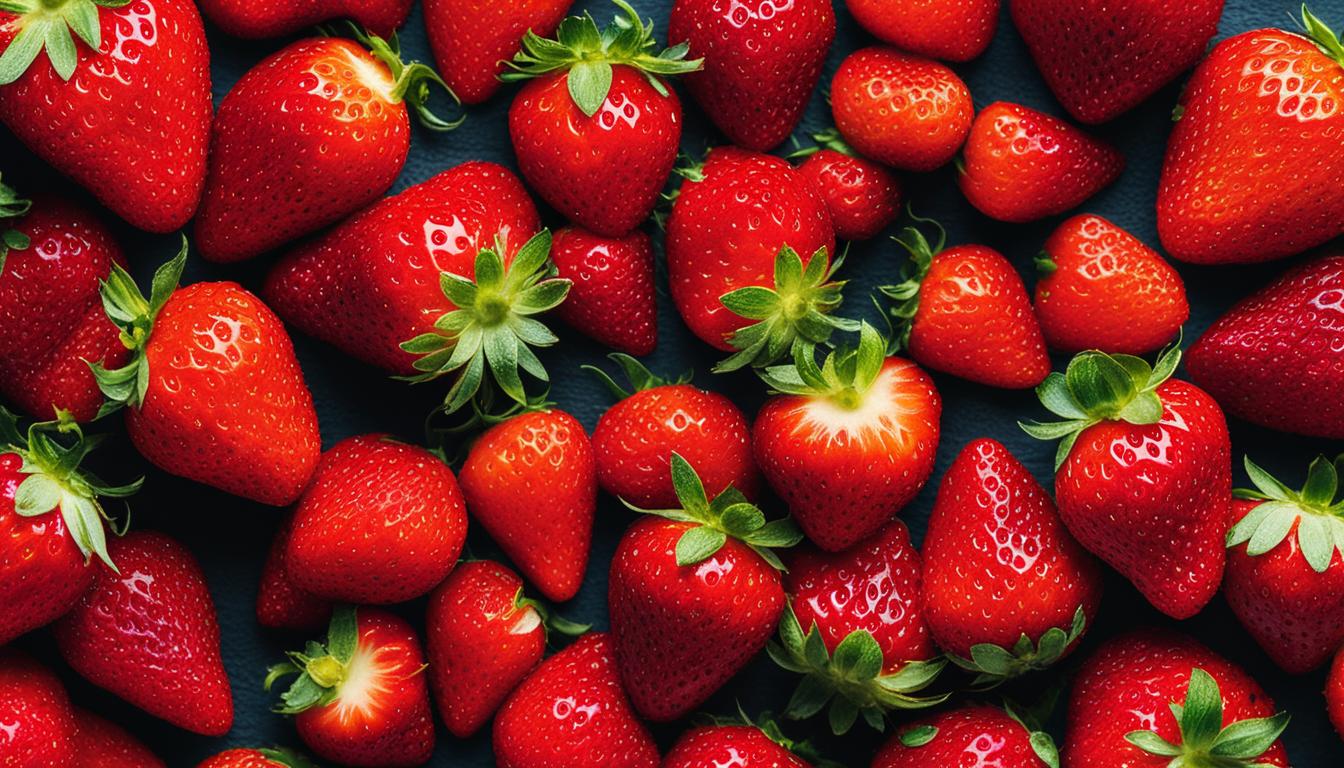Hello, readers! Today I want to talk about an ingredient that may not be as well known, but that certainly deserves to be highlighted in cooking: Russian tarragon. With its unique flavor and aroma characteristics, this seasoning has been gaining more and more space in the gourmet world and I couldn't help but introduce it to you.
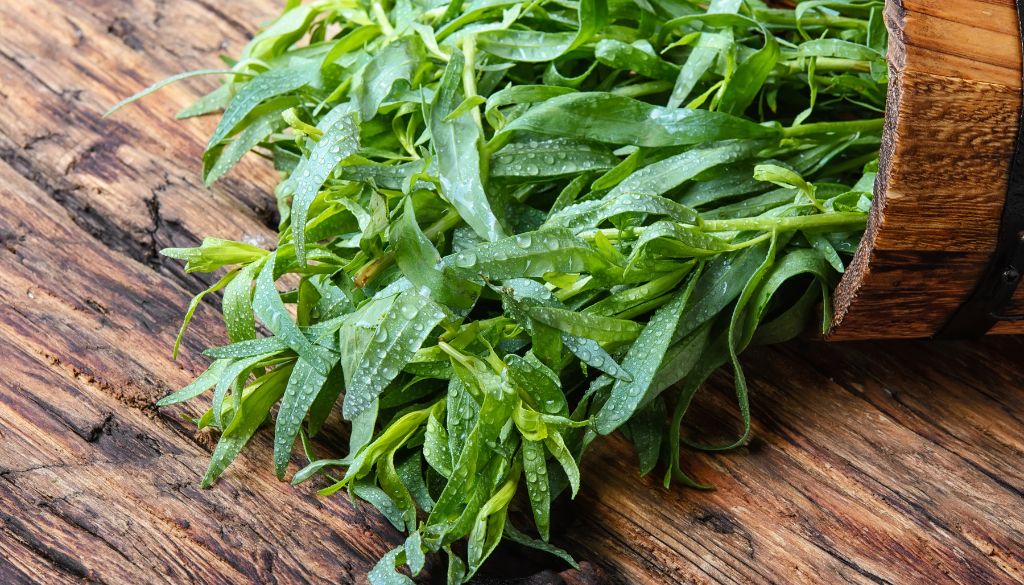
Russian Tarragon: Discover the Wonders of this Exotic Ingredient
Russian tarragon, as the name suggests, originates from Russia and belongs to the sunflower family. It is known for its strong, spicy flavor, which can be described as a mixture of anise, licorice and mint. Furthermore, its medicinal properties are also worth noting, but I will talk about that later.
If you haven't tried Russian tarragon yet, you're missing a great opportunity to add a new dimension to your dishes. Continue reading to learn more about the origin, characteristics and benefits of this exotic ingredient.
Main Conclusions
- Russian tarragon is an exotic ingredient with a unique flavor and aroma;
- Originally from Russia, it belongs to the sunflower family;
- Try Russian tarragon to add a new dimension to your dishes.
Discover the origin and history of Russian tarragon
Russian tarragon is an exotic ingredient that is attracting more and more attention from chefs and culinary enthusiasts. But where does this peculiar seasoning come from?
Tarragon is believed to have originated in Central Asia, and was brought to Europe by the Mongols. In France, tarragon was introduced in the 16th century, and quickly became a popular ingredient in French cuisine, especially in the preparation of sauces and vinaigrettes.
However, the tarragon used in France was French tarragon, or common tarragon, which has a mild, slightly sweet flavor. It was only in the 19th century that Russian tarragon was brought to Western Europe, and since then it has been appreciated for its more intense and spicy flavor.
Russian tarragon also has an interesting history in Russian cuisine. Before the arrival of sugar in Russia, tarragon was used as a natural sweetener in cakes and desserts.
Today, Russian tarragon is grown in many parts of the world, including the United States, France, and Russia. It is widely used in French and Russian cuisine, but is gaining popularity among chefs around the world.
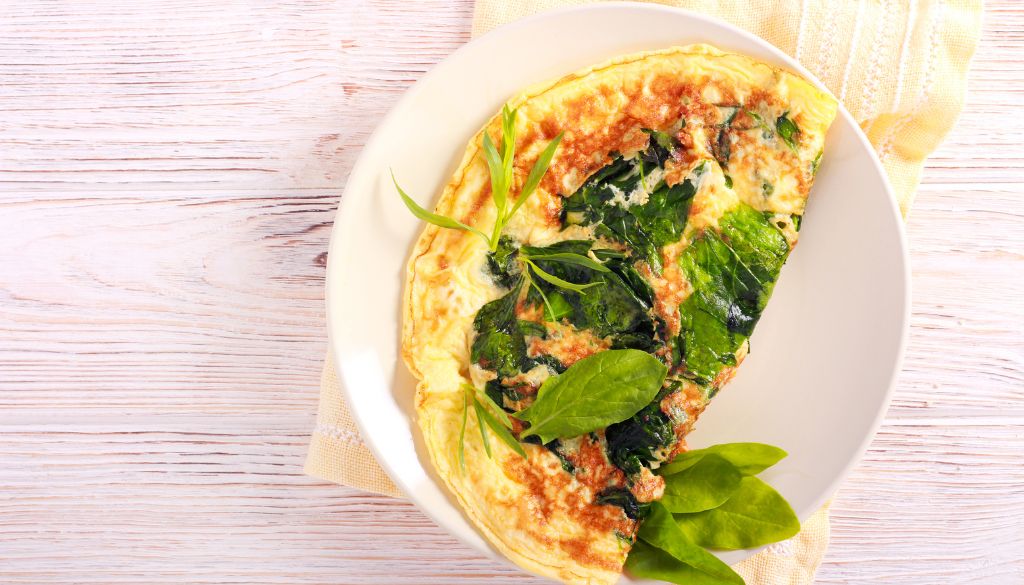
Characteristics and unique flavor of Russian tarragon
Ah, the Russian tarragon! This exotic ingredient is one of my culinary passions. I simply love its unique and striking flavor, which can be described as a mixture of anise, mint and rosemary. Furthermore, its unique characteristics make it an indispensable ingredient in international cuisine.
Russian tarragon is a perennial herb that belongs to the daisy family. Its leaves are narrow, elongated and light green in color. This plant is native to the Siberian region of Russia, but is widely cultivated throughout the world.
One of its main characteristics is its intensity, flavor and aroma. It is capable of transforming any recipe into an exceptional dish, bringing a touch of sophistication and elegance. It is perfect for seasoning meat, fish, vegetables, salads and even desserts.
An interesting fact is that Russian tarragon is one of the main ingredients in the famous béarnaise sauce, one of the bases of French cuisine. This shows how versatile and important it is in international cuisine.
Furthermore, Russian tarragon is also known for its medicinal properties. It is rich in vitamins and antioxidants that help prevent diseases and promote a healthy life.
To make the most of its unique flavor, it is recommended to use fresh Russian tarragon. However, if you can't find it fresh, the dried version is also a good option.
I absolutely love using Russian tarragon in my recipes. If you haven't tried it yet, you don't know what you're missing!
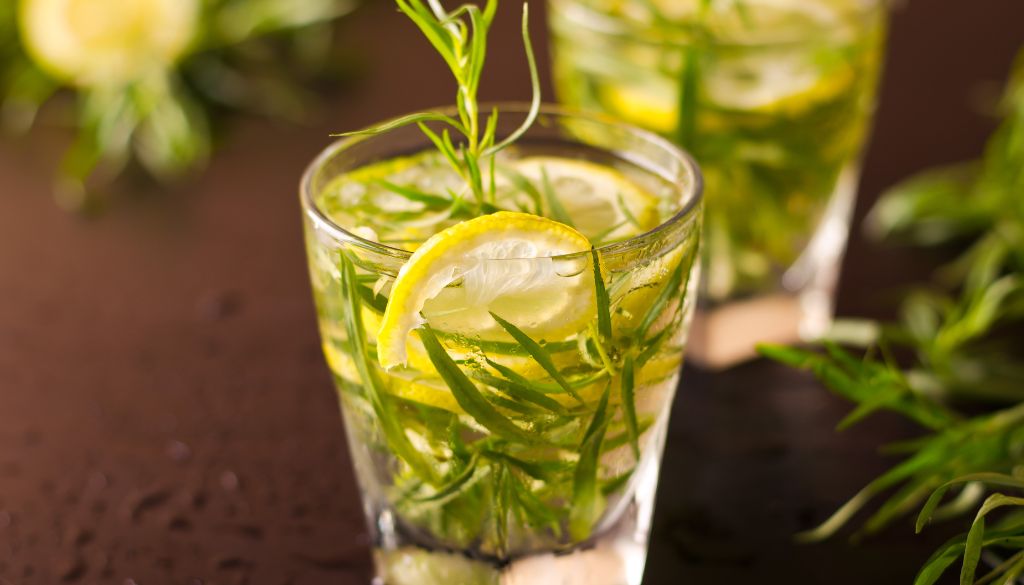
Health Benefits of Russian Tarragon
Did you know that Russian tarragon can bring several health benefits? In addition to being delicious in cooking, this exotic ingredient can also be used to treat certain medical conditions. Shall we check it out?
Natural antibacterial
Russian tarragon is known for its natural antibacterial properties, capable of fighting bacteria such as E. coli and salmonella. This makes it a great option for preventing infections and gastrointestinal illnesses.
Reduced risk of heart disease
Studies show that Russian tarragon may help reduce the risk of heart disease thanks to its antioxidant and anti-inflammatory properties. Furthermore, regular consumption can help balance blood cholesterol.
| Benefit | Explanation |
|---|---|
| Antioxidant properties | They fight free radicals that can cause damage to cells and contribute to the development of diseases. |
| anti-inflammatory properties | They reduce inflammation, which can contribute to the emergence of chronic diseases such as arthritis. |
| Cholesterol regulation | Regular consumption of Russian tarragon can help reduce “bad cholesterol” (LDL) and increase “good cholesterol” (HDL). |
Relief of PMS and menopause symptoms
Russian tarragon contains compounds capable of relieving common symptoms of PMS and menopause, such as cramps, headaches, insomnia and irritability. Additionally, it can help regulate female hormones in the body.
Stimulation of the immune system
Finally, Russian tarragon can also help boost the immune system, thanks to its antioxidant and anti-inflammatory properties. This makes it a great ally in preventing flu, colds and other infectious diseases.

How to use Russian tarragon in your recipes
Now that you know more about Russian tarragon, let's find out how to use it in your recipes. With its aniseed and slightly sweet flavor, you can add an exotic touch to your dishes.
One of the most common ways to use Russian tarragon is by adding it to sauces, such as the famous béarnaise sauce. Tarragon is also great in salads, omelets, soups and even homemade breads.
One of my favorite recipes is chicken with Russian tarragon sauce. Just sauté onion and garlic in olive oil, add chicken cubes and let them brown. Add a tablespoon of Russian tarragon and a cup of chicken broth, letting it cook until the sauce thickens. Serve with white rice and grilled vegetables.
Another delicious option is a succulent filet mignon with Russian tarragon sauce. Season the fillet with salt and pepper, grill it in a frying pan until desired doneness and set aside. In the same frying pan, add chopped onion and let it sauté. Add a cup of white wine and wait to reduce by half. Add a tablespoon of Russian tarragon and a cup of heavy whipping cream. Let the sauce thicken and serve with roast potatoes and vegetables cooked in butter.

As you can see, Russian tarragon is a versatile ingredient that can be used in a variety of recipes. Try using it in your preparations and be surprised by the unique flavor it provides.
Tips for Growing Your Own Russian Tarragon
If you're a culinary adventurer like me, you're certainly eager to grow your own Russian tarragon at home. And don't worry, because I have some tips that will help you on this journey!
First of all, it is important to know that the Russian tarragon It likes the sun, but cannot tolerate very high temperatures. Make sure your plant gets at least six hours of sunlight a day, but make sure it doesn't suffer from intense heat.
Another important point is the soil. Russian tarragon prefers well-drained soil, so mix sand or pebbles into the soil to ensure water can drain easily.
Furthermore, it is essential to keep the plant well watered, but without overdoing it. Ideally, the soil should always be moist, but never soaked.
And if you want your Russian tarragon to grow even stronger and healthier, try adding a little organic fertilizer to the soil once a month.
| Climate | Ground | Water | Fertilizer |
|---|---|---|---|
| Sun, but not too hot | Well drained | Keep the soil moist but not soggy | Add organic fertilizer once a month |
And there it is! With these simple tips, you'll be able to grow your own Russian tarragon and use it in your favorite recipes. Enjoy the feeling of satisfaction that comes from cooking with ingredients you grew yourself!

Russian Tarragon in Brazilian Gastronomy
As I mentioned earlier, Russian tarragon is a versatile ingredient and can be used in many recipes. In Brazilian cuisine, it is often used in chicken and fish dishes, giving a touch of unique and exotic flavor.
One of the most famous dishes using Russian tarragon is chicken Kiev, where the seasoning is used to make the stuffed butter that is placed inside the chicken meat. The result is absolutely delicious and shows how Russian tarragon can be a key ingredient in Brazilian cuisine.

But the use of Russian tarragon is not just limited to savory dishes. It can also be used in delicious desserts and drinks. How about trying a passion fruit ice cream with Russian tarragon or a refreshing lemon cocktail with Russian tarragon?
“Russian tarragon is a versatile ingredient and can be used in many recipes. In Brazilian cuisine, it is often used in chicken and fish dishes, giving a touch of unique and exotic flavor.”
Try using Russian tarragon in your recipes and be surprised by the incredible flavor it can add to dishes. Venture into this world of exotic flavors and discover all the wonders that Russian tarragon can offer.
Where to Find and How to Store Russian Tarragon
Now that you know all the incredible benefits of Russian tarragon and are ready to add it to your recipes, the only question left is: where to find this exotic wonder?
You can find Russian tarragon in health food stores or specialty markets. international ingredients. It may also be possible to find it at open-air markets or directly from local producers.
When you find fresh Russian tarragon, make sure the leaves are vibrant green and show no signs of wilting or discoloration. If you are purchasing dried Russian tarragon, make sure the package is tightly closed and the aroma is strong and fresh.
To store fresh Russian tarragon, wrap the leaves in damp paper towels and place in a plastic bag in the refrigerator for up to a week. If you want to keep it fresh longer, freeze it in a plastic bag for up to six months.
To store dried Russian tarragon, store it in an airtight container in a cool, dry place for up to six months.

Conclusion: Venture into the world of Russian tarragon
And so concludes my adventure into the delicious world of Russian tarragon. I hope this has awakened your curiosity and desire to try this exotic and tasty ingredient.
With its unique characteristics and health benefits, Russian tarragon could be the key ingredient to add a special touch to your kitchen and surprise your guests.
Also remember that Russian tarragon can be grown at home, allowing you to always have this fresh and delicious aromatic herb on hand.
Experiment and dare in the kitchen
If you're wondering how to use Russian tarragon in your recipes, don't worry! There are several ways to incorporate it into savory and sweet dishes.
How about trying a roast chicken with Russian tarragon, or a unique dessert with strawberries and Russian tarragon-flavored cream?
You can also add Russian tarragon to salad dressings, soups, pie fillings and more! Don't be afraid to be bold and discover new combinations.
Finding and Storing Russian Tarragon
Russian tarragon can be found in stores specializing in natural products or at farmers' markets. If you prefer, you can also purchase it online.
When storing Russian tarragon, choose to keep it in a closed container in a cool, dry place to preserve its flavor. If you have grown your own Russian tarragon, be sure to harvest it periodically to prevent it from rotting or drying out too much.
Anyway, I hope you enjoyed this journey through the world of Russian tarragon with me. Until the next gastronomic adventure!
Common questions
What is Russian Tarragon?
A: Russian tarragon is an aromatic herb of Russian origin that has a unique flavor and distinct characteristics.
What are the wonders of Russian tarragon?
A: Russian tarragon has health benefits, adds a special flavor to recipes and is widely used in Brazilian cuisine.
What is the origin and history of Russian tarragon?
Russian tarragon originates from Russia and has been a part of Russian cuisine for centuries. Its history dates back to ancient times and is full of tradition.
What are the characteristics of Russian tarragon?
Russian tarragon has narrow, elongated leaves, as well as a strong, striking aroma. Its flavor is slightly spicy and has notes of anise.
What are the health benefits of Russian tarragon?
Russian tarragon has antioxidant, anti-inflammatory and digestive properties. It can also help combat stress and aid digestion.
How can I use Russian tarragon in my recipes?
Russian tarragon can be used to flavor dishes such as salads, sauces, meat and fish. You can add it fresh or dry, depending on your preference.
What are tips for growing my own Russian tarragon?
To grow Russian tarragon, you'll need well-draining soil, adequate sunlight, and regular watering. Be sure to prune the plant to encourage growth.
How is Russian tarragon used in Brazilian cuisine?
Russian tarragon is widely used in Brazilian cuisine in dishes such as chicken, fish and sauces. Its presence brings a unique and refined flavor to recipes.
Where can I find and how should I store Russian tarragon?
Russian tarragon can be found in specialized markets and some farmers' markets. To store it, it is recommended to keep it in the refrigerator in a plastic bag for up to a week.
Why should I venture into the world of Russian tarragon?
Russian tarragon is an exotic ingredient that brings a unique and wonderful flavor to your recipes. Furthermore, its health benefits and versatility in Brazilian cuisine make it an excellent option to try.
Paulo Ribeiro, an Information Technology consultant, is passionate about cooking and gastronomy. Her true passion lies in exploring the stories behind the recipes and ingredients. At “Cozinha da Vê”, he shares his culinary discoveries, tested recipes and historical insights, creating a unique journey that combines technology and flavor.

